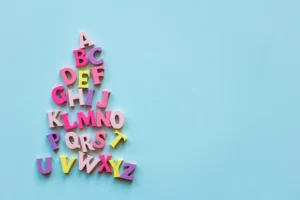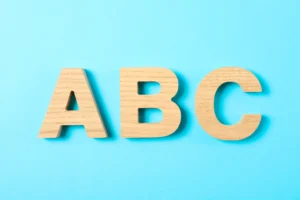
Fonts are more than just a way to display text. They serve as a crucial tool for communicating a brand’s identity, values, and personality. In visual branding, the fonts used across marketing materials, websites, logos, and product packaging can significantly influence how consumers perceive a brand. A unique font helps create a distinctive, memorable brand experience. In this article, we will explore the importance of unique fonts in visual branding, discuss how to choose the right fonts, and present examples of exceptional fonts that have successfully shaped brand identities.
In a crowded marketplace, differentiation is key to standing out. Unique fonts play a pivotal role in helping brands differentiate themselves from competitors. The right font can make a logo or a website feel professional, playful, luxurious, or trustworthy, depending on the message the brand wants to convey. Since typography is often one of the first visual elements a potential customer encounters, choosing the right font can have a long-lasting impact on brand recognition and perception.
Fonts are a core component of a brand’s visual identity. Alongside color schemes, logos, and imagery, fonts contribute to a brand’s overall aesthetic and help establish its tone. For example, a tech company might use modern sans-serif fonts to communicate innovation and simplicity, while a luxury brand may opt for elegant serif fonts to exude sophistication and exclusivity. Fonts need to be carefully selected to ensure they align with the brand’s values and vision.

Different types of fonts convey different messages, and understanding the characteristics of each type is essential for selecting the right font for your brand. Here are the primary categories of fonts and how they influence visual branding:
Serif fonts are characterized by the small lines or strokes attached to the end of letters. These fonts are often associated with tradition, reliability, and professionalism. Brands that aim to convey a sense of heritage or authority, such as law firms, banks, or luxury goods companies, often choose serif fonts.
Sans-serif fonts lack the decorative strokes seen in serif fonts, giving them a more modern and minimalist appearance. These fonts are clean, legible, and often associated with innovation and simplicity. Many technology companies and startups use sans-serif fonts to project a forward-thinking, accessible image.
Script fonts mimic cursive handwriting and are often used to evoke elegance, creativity, or personal flair. These fonts can range from highly formal to more casual, making them versatile for brands that want to convey warmth or sophistication. Script fonts are particularly effective for businesses in the creative or fashion industries.
Display fonts are designed to stand out and make a visual impact. They are often used for headlines or logos due to their unique and bold appearance. While they may not be suitable for long paragraphs of text, display fonts can add personality to a brand’s visual identity, helping it capture attention and leave a lasting impression.

Selecting the perfect font for your brand requires a deep understanding of your brand’s values, personality, and target audience. The following tips can help you make an informed decision when choosing unique fonts for your brand’s visual identity:
The fonts you choose should align with your brand’s core personality. Is your brand bold and adventurous, or is it refined and traditional? Identifying your brand’s personality will help narrow down font choices and ensure that they reflect your brand’s unique characteristics.
While it’s essential to choose a font that stands out, it should also be versatile enough to work across various platforms and mediums. Your font needs to look just as good on a business card as it does on a website or billboard. Make sure the font is scalable and readable at different sizes and resolutions.
Trendy fonts might look great today, but will they still align with your brand’s vision five or ten years down the line? Choose fonts that have timeless appeal to ensure your brand remains relevant and recognizable over time. Investing in custom or unique fonts can also help your brand maintain a distinctive identity for years to come.
Let’s take a look at some iconic brands that have leveraged unique fonts to build strong visual identities. These brands have chosen fonts that not only reflect their personality but have become a key part of their brand recognition.

Custom fonts are an increasingly popular choice for brands looking to distinguish themselves in a crowded market. A custom font can provide a unique identity that no other brand can replicate. While designing a custom font may be more expensive than selecting an existing one, it can pay off in the long run by making your brand more memorable and cohesive.
Unique fonts are a powerful tool in the world of visual branding, helping brands communicate their identity and values to consumers. Whether you choose a serif font to convey tradition and trust or a custom font to ensure originality, your font choice will have a lasting impact on how your brand is perceived. By understanding the different types of fonts, their psychological effects, and the importance of versatility, you can select the right font that aligns with your brand’s personality. Brands that invest in unique and well-thought-out typography create memorable experiences that resonate with their audiences, setting them apart in an increasingly competitive marketplace.